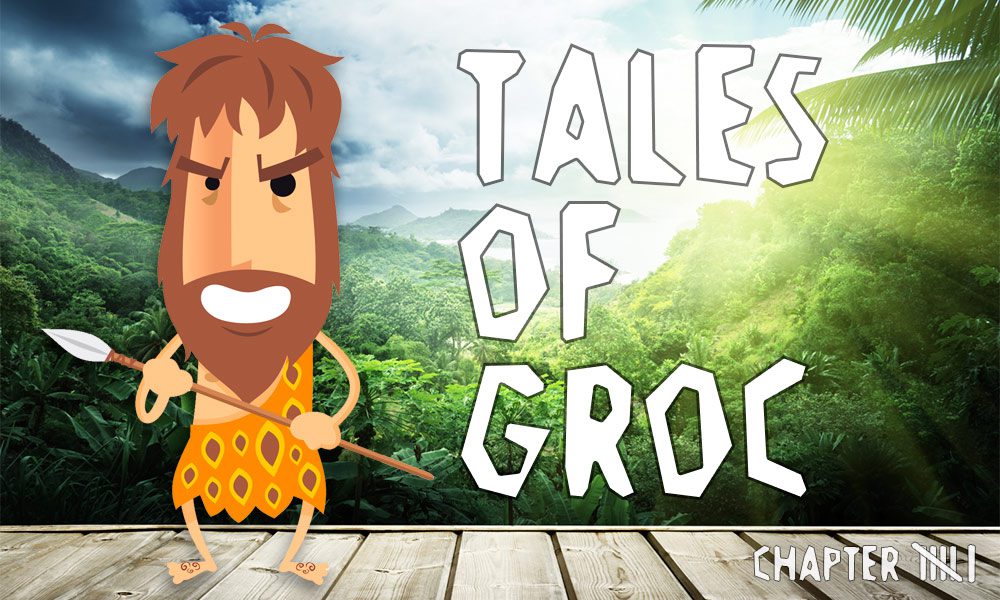Geologists from Stanford University recently made an astounding discovery. Drilling core samples in Palo Alto, a thousand feet below Sand Hill Road, they discovered the fossils of an ancient civilization. Their excitement grew as excavation revealed a Neanderthal community with complex tools, written language, and a primitive subscription economy.
A paleo-forensic team pieced together the daily life of one adult Neanderthal that lived there 40,000 years ago. They’ve published his narrative below, and titled their work the Tales of Groc, the Customer Success Caveman. Read Chapter 5 here.
Chapter 6: Healthy Usage
Getting a holistic view of customers’ health was a tough problem at StoneHenjj and throughout the Neanderthal subscription economy. There were numerous types of risks that could endanger health, ranging from executive turnover to falling meteors. But more than any other metric, StoneHenjj kept a close eye on usage of their Carts. This was their first sign for whether or not customers were seeing value.
Tracking usage data was no easy feat. Starting with Cart Cavemaster, each Cart came equipped with a pouch of grain located above the rear axle. A twig on the axle would tap this bag with each rotation, causing it to release a single grain into a tray below. Each grain meant the Cart traveled one revolution of the wheel (“rev” for short). Every week, a fleet of well-trained armadillos would refill the pouches, collect the trays and bring them back to HQ.
This data frustrated Groc for a number of reasons. He could see how far his customer’s Carts had traveled, but had no way to see how much weight they had carried. He could see how many Carts were in use, but the system couldn’t say if they were Milleniums, Cavemasters, GoCarts or a different model. If the armadillos forgot to refill the grain pouches, or ate the grain, then data gaps would result. Weight-conscious GoCart racers often removed the usage tracking system to go faster. And for Cart models earlier than Cavemaster, there was no usage data at all.
But more than anything, Groc was frustrated by the data granularity. He had 60 accounts! Without some sort of roll-up or summary, it was impossible for him to keep track of who had healthy usage and who didn’t.
Groc finally spoke with his manager, Ook. “I have customers with three Carts and customers with 100,” Groc began. “I need a pterodactyl-eye view to understand who’s healthy!” Ook agreed and asked that Groc prepare a proposal.
By next moon, Groc presented a simple but well-developed plan. “For every Cart that travels more than a thousand revs in a week, we’ll call it a Heavy Use Cart (HUC). We’ll divide the number of HUCs by the number of Carts they subscribed for. If it’s greater than 60%, then we’ll consider their usage healthy.”
Bonk, a fellow CSM, raised concerns about the armadillos eating the grain and GoCart racers removing their tracking systems. “This could skew our results,” Bonk explained.
“I think we should remember the tap, hit, smash approach here,” replied Groc. “We have enough good data to roll out a basic v1. Once the wheel is in motion, it will help us prioritize other issues to fix. One day, we could even pay out rabbit bonuses based on performance in this category!” The team agreed, and the new usage metric was rolled out a few weeks later.
This remains the earliest trace of a Scorecard found in the fossil record.

